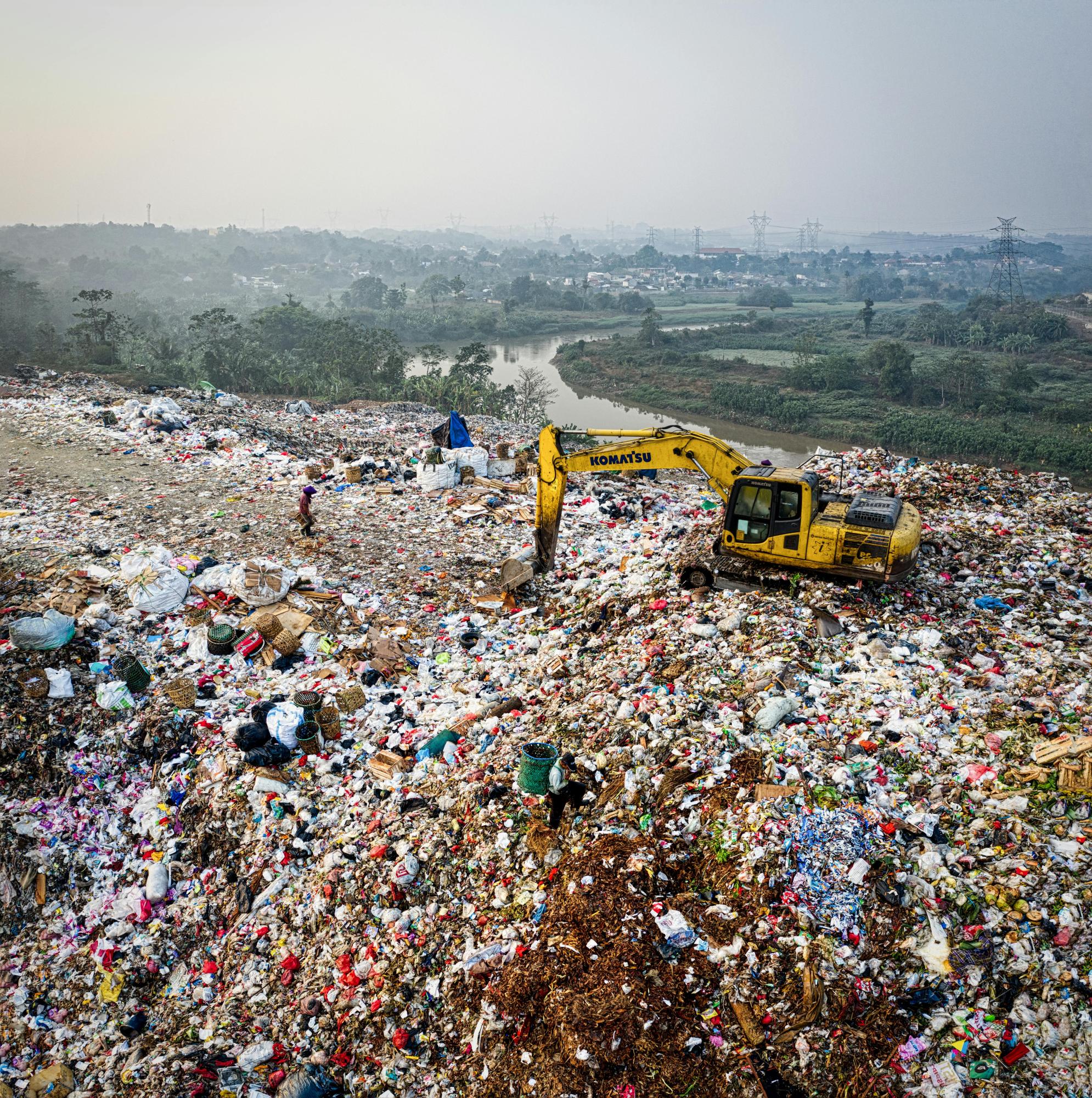Planned Obsolescence is an ethically questioned economic strategy, which is used by many companies where they purposefully make products irreplaceable, unrepairable, or have a shortened life. It all started with lightbulb manufacturers in the 1920s who came together and decided that they were going to reduce their average lightbulb run-life from 2,500 hours to 1,000 hours. The companies experienced success with this idea and increased the demand to buy new light bulbs made all of the light bulb companies more money. Later, car companies, furniture makers, and all modern technology companies started to use this strategy to make customers buy products more frequently. Recently in the past 10 years, this grew to be even more noticeable. Phones do not last as long as they did 10 years ago and household appliances break sooner than they did in the previous generations age.
Many people have personal experience with older technology outlasting newer technology. “My parents, they always talk about you know, their parents having stuff that seemingly lasted for 30 to 40 years,” U.S. history teacher Kevin Klancher said.
Planned Obsolescence helped cause an ecological crisis where consumerism wastes resources, which destroys the environment. The over-consumption of natural resources led to an unsustainable environment, where the world uses 365 days’ worth of natural resources in only 200 days. Landfills get bigger and take up more space every year, which dumps millions of tons of waste into the ocean and is harmful to ecosystems around the world. Renewable resources are being used faster than they can be produced and man-made resources are running out.
“It is a lot of technology that is getting recycled and that stuff can be really bad because you can’t recycle it as easily. So it just goes to the landfills and that’s really harmful to the environment,” senior Andrew Droske said.
The environmental concern is not the only problem with this economic strategy. People are forced to buy another product after theirs breaks prematurely without having another option and it can leave people in a tough economic situation. It is the reason that most people have to buy a new phone after only two years of having it. Planned obsolescence is the cause of this, where the phone’s battery life is purposefully decreased over time and the computing time is slowed down on purpose in hopes of customers buying more products sooner.
When Droske was asked about how customers should be treated, he said that he thinks once somebody buys a product, they should be guaranteed that they are getting the best product they possibly can get.
Although planned obsolescence is necessary for the development of new technology and boosts the economy, the environmental risks heavily outweigh the benefits for the economy. Some countries in Europe are already making laws to make products more repairable and to make products last longer. For example, “Germany recently enacted a new law requiring mobile telephones to last for at least seven years,” Renewable Energy company Iberdrola said.
“The problem that remains is what are we going to do with all the byproducts all the all the waste? Of these products? I think it’s hard for business. If you make something that’s gonna last 20 to 30 years, there is new technology, they become better environment because they’re more efficient,” Klancher said.








